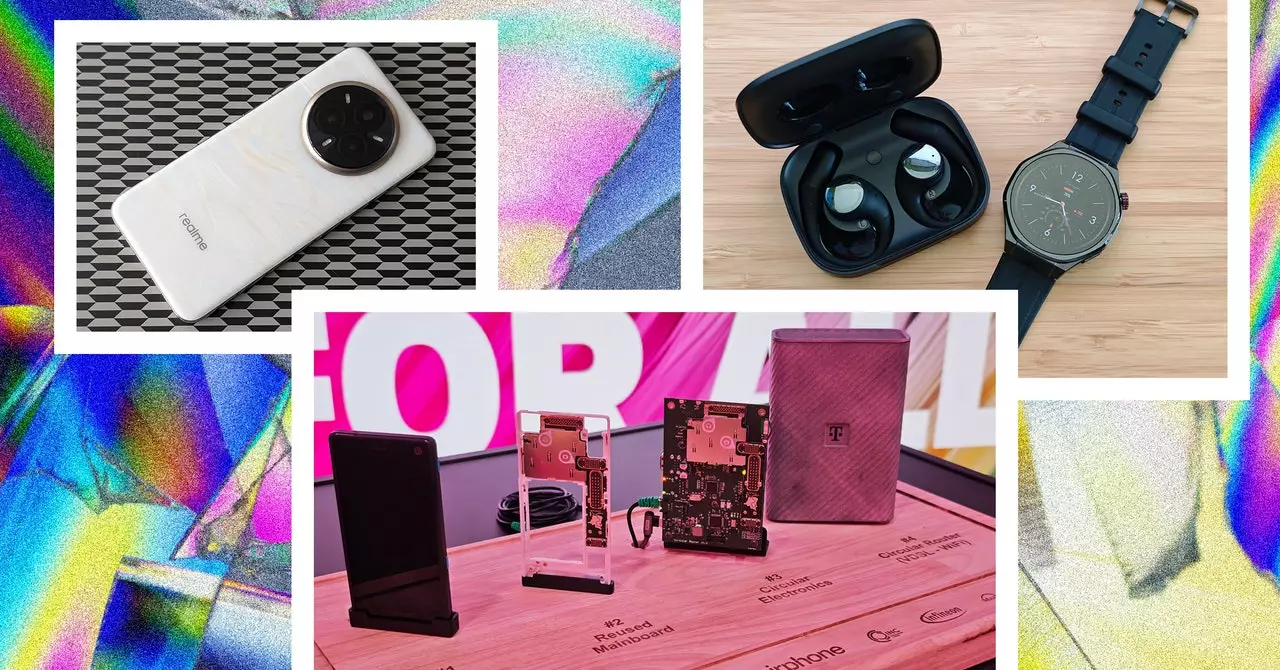Mobile World Congress (MWC) has long stood as a beacon for mobile technology, drawing industry giants and enthusiasts alike to the vibrant city of Barcelona each year. While its status as the ultimate launchpad for flagship devices has waned in recent editions, the 2025 showcase presented a fusion of groundbreaking innovations and exciting concepts. It may not boast the same recognition for smartphone unveilings as in its heyday, but the event served as a testament to the shifting paradigms in mobile tech, focusing on AI, accessories, and a burgeoning ecosystem of gadgets.
This year, attendees were treated to a buffet of inventive technologies that emphasize versatility and functionality over mere market saturation. Companies are increasingly seeking to nurture user engagement through quality over quantity, making the MWC 2025 experience more captivating than ever and hinting at a strategic pivot in how mobile technology interacts with daily life.
Among the standout participants was Xiaomi, showcasing its latest flagship devices — the Xiaomi 15 and 15 Ultra. These devices exemplified the company’s commitment to innovation, featuring mesmerizing displays, robust battery performance, and lightning-fast charging capabilities. Packed with an AI-enhanced version of HyperOS 2, these phones aren’t just responsive; they intelligently anticipate user needs. However, this sophistication comes at a premium price, making the question of value pivotal for potential buyers—at a starting price of £849 for the base model and soaring to £1,299 for the Ultra, consumers must weigh cost against cutting-edge features.
Notably, the Ultra Photography Kit deserves emphasis, priced at an additional £179. This intriguing module promises enhanced photography controls and extended battery life, aimed at users who demand more from their mobile imaging experience. However, one cannot help but ask: is this accessory innovative enough to justify its price point, or is it merely a strategy to upsell?
Equally impressive were the Xiaomi Pad 7 and Pad 7 Pro tablets, both boasting 11.2-inch displays aimed at competing in the ever-expanding tablet market. While the Pad 7 Pro elevates performance potential with a faster processor, it raises an important dialogue regarding the increasing overlap between tablets and laptops in function. As work-from-home trends endure, are consumers searching for devices that blur these lines?
Competing for attention were the bold offerings from Nothing with its Phone (3a) and Phone (3a) Pro. These smartphones share a striking design ethos and almost identical specs, diverging primarily in their camera technology. Priced affordably at $379 for the base model and $459 for the Pro, they challenge the prevailing notion that high-quality photography requires top-tier investment, boasting a triple-camera setup that is typically absent from sub-$500 devices.
This commendable achievement, however, raises the question of where company priorities lie. Are these devices designed to entice a budget-conscious audience into appreciating the value of superior camera tech, or is it a gamble of catering to a competitive niche where profits could significantly dwindle?
AI continues to prevail as the defining force of future devices, with many exhibitors embracing its capabilities to enhance user experience, communication, and productivity. Xiaomi’s Buds 5 Pro, for instance, present features beyond basic audio experiences, such as active noise-cancellation and AI support for transcription and translation. The blending of AI and consumer technology is not just a trend; it’s a pathway toward seamless integration, enabling users to harness these advancements effectively and effortlessly in their daily routines.
The adaptable nature of technology showcased at MWC highlights an essential shift in consumer preferences. Users are increasingly desiring devices that can adjust and elevate their everyday experiences rather than simply fulfilling transactional roles. As these innovations unfold, it sets the stage for conversations about the ethical implications and future responsibilities of companies in integrating AI into user-oriented products.
As MWC continues to evolve, the focus has decidedly shifted towards fostering deeper connections between consumers and their devices, paving the way for a future where technology serves as an intuitive partner in various dimensions of life. Instead of simply showcasing the latest smartphones, MWC 2025 paints a complex picture of a tech industry on the brink of transformation—a tapestry woven with innovation, purpose, and user engagement.

